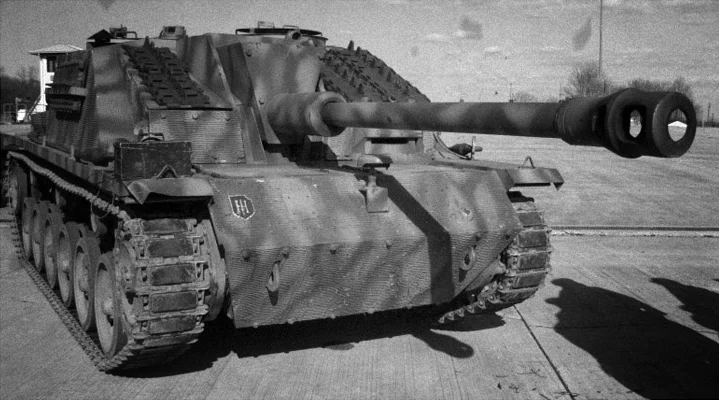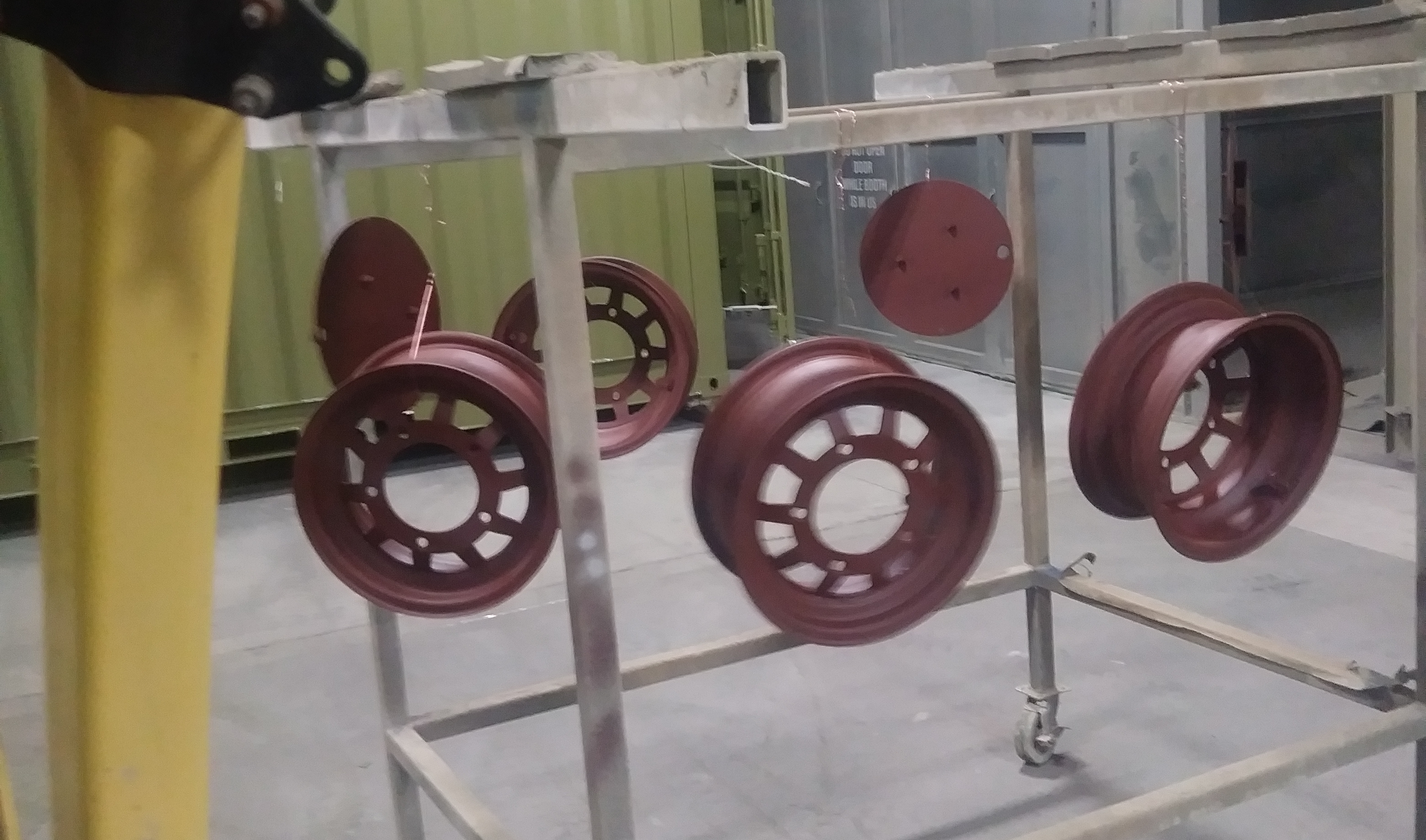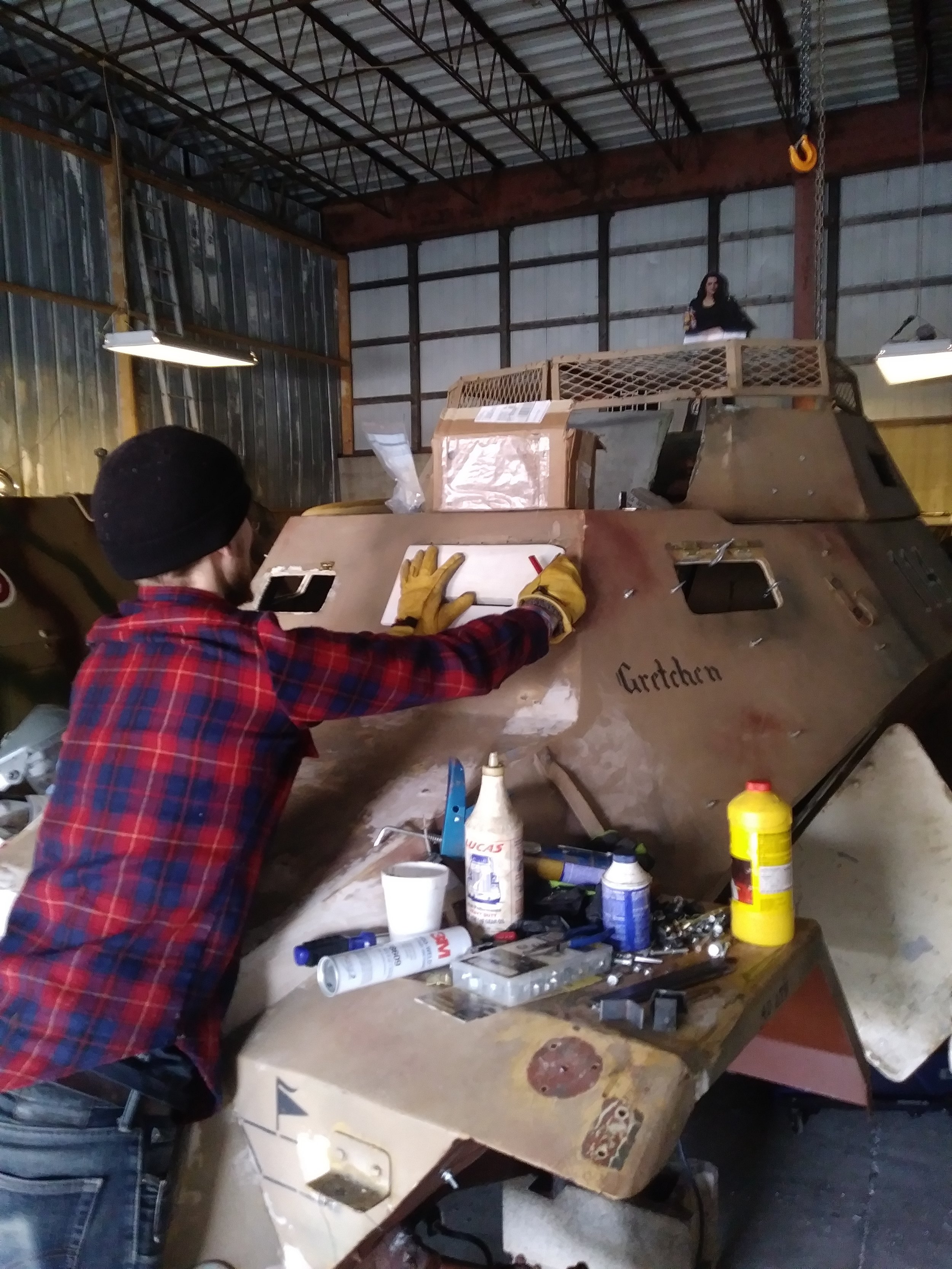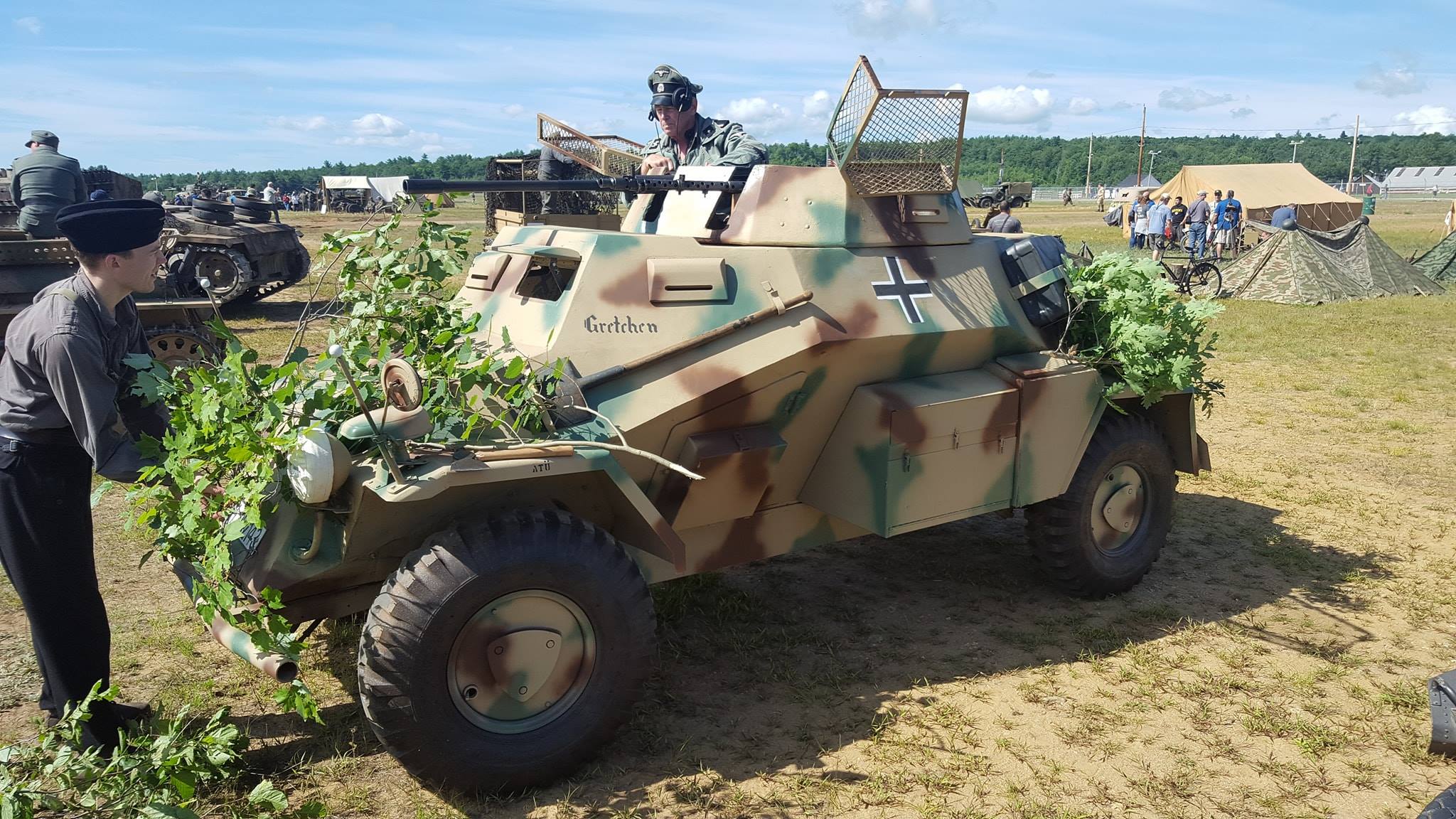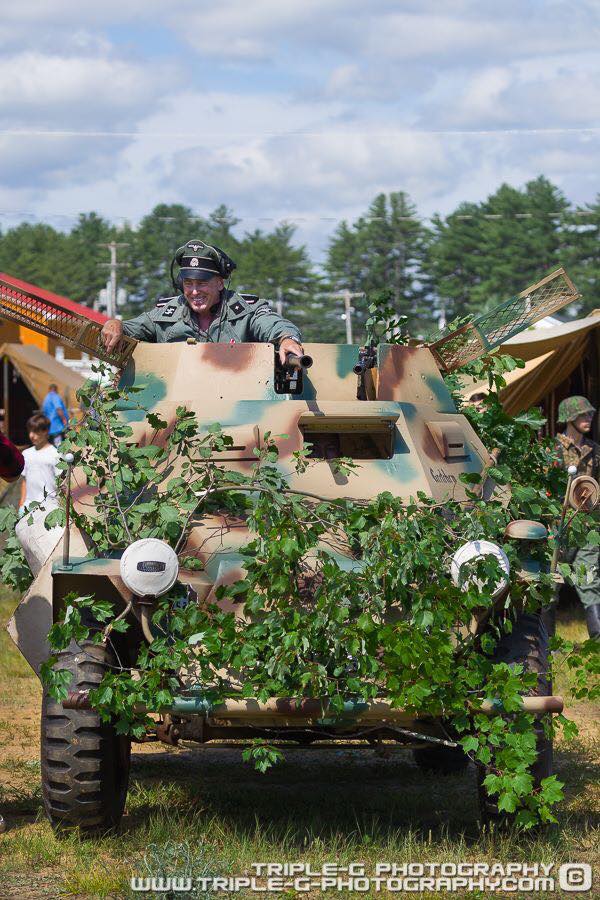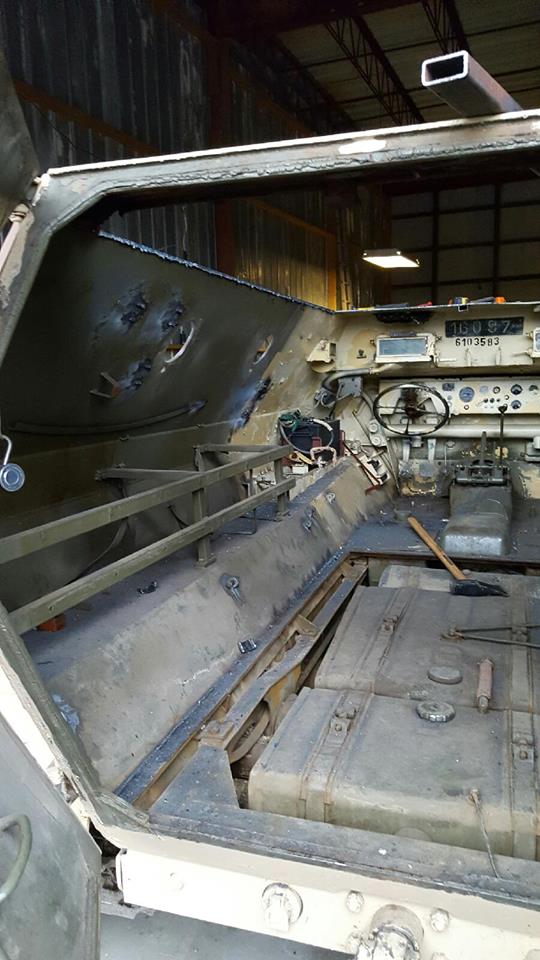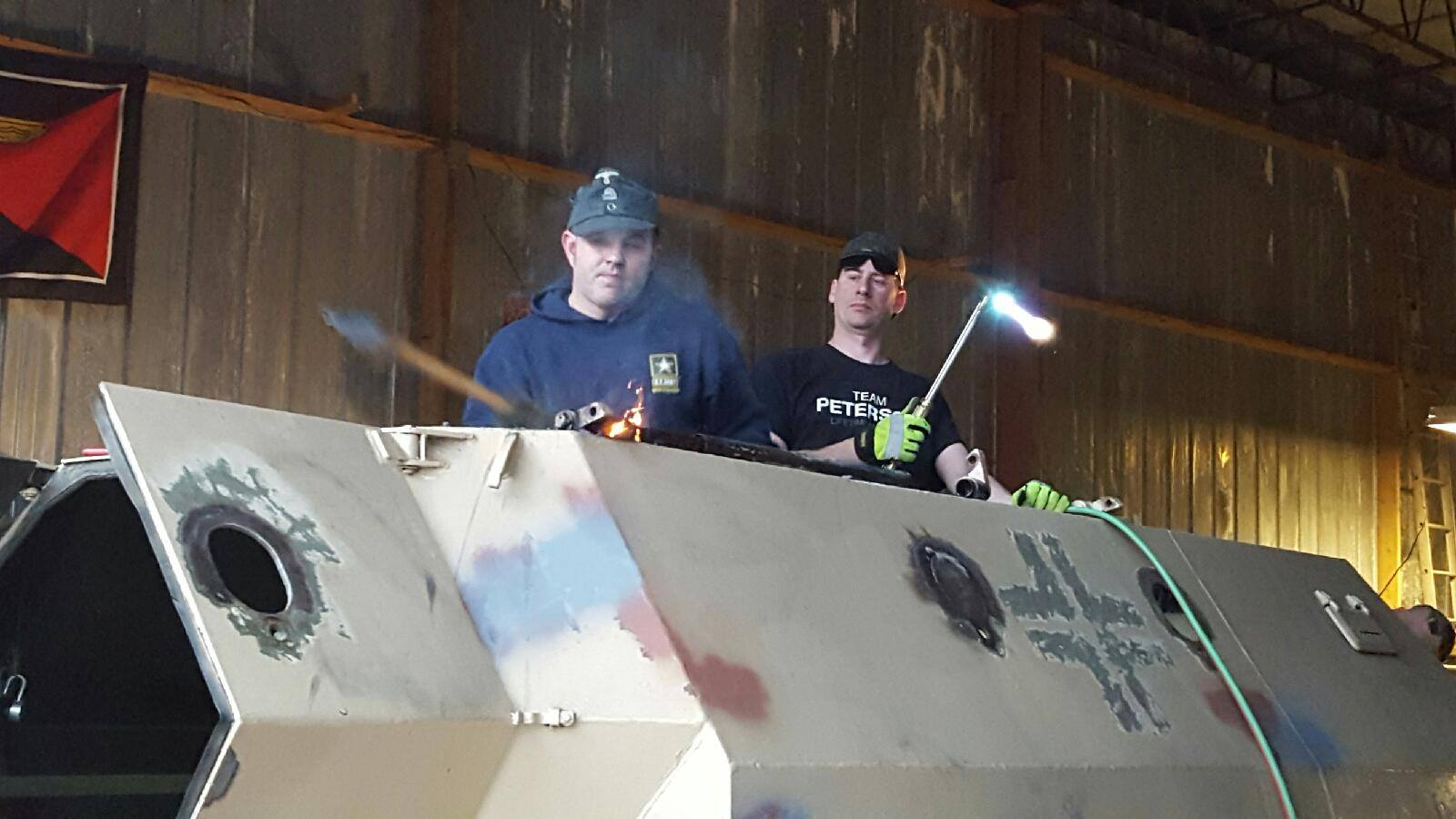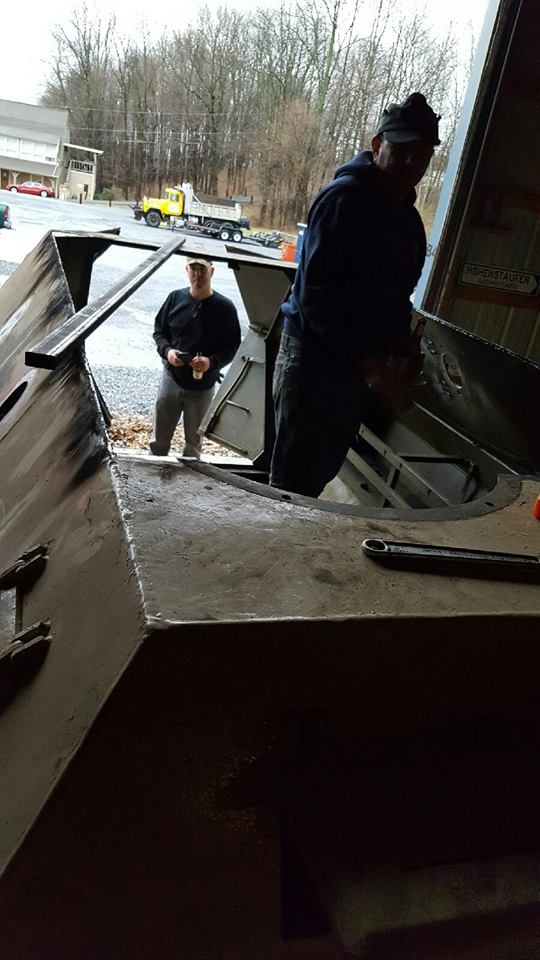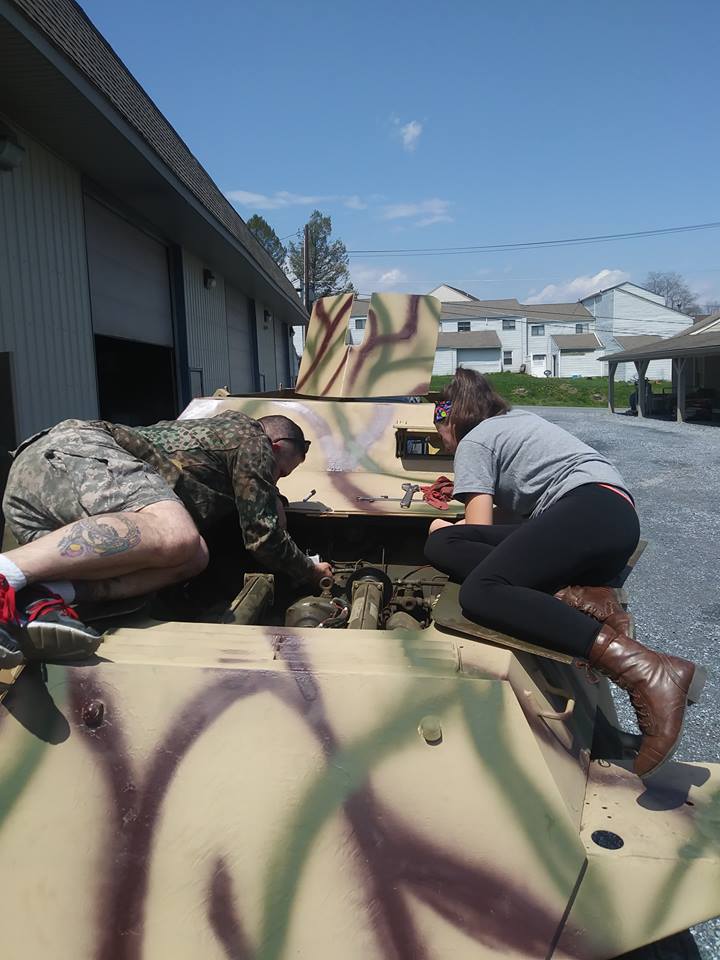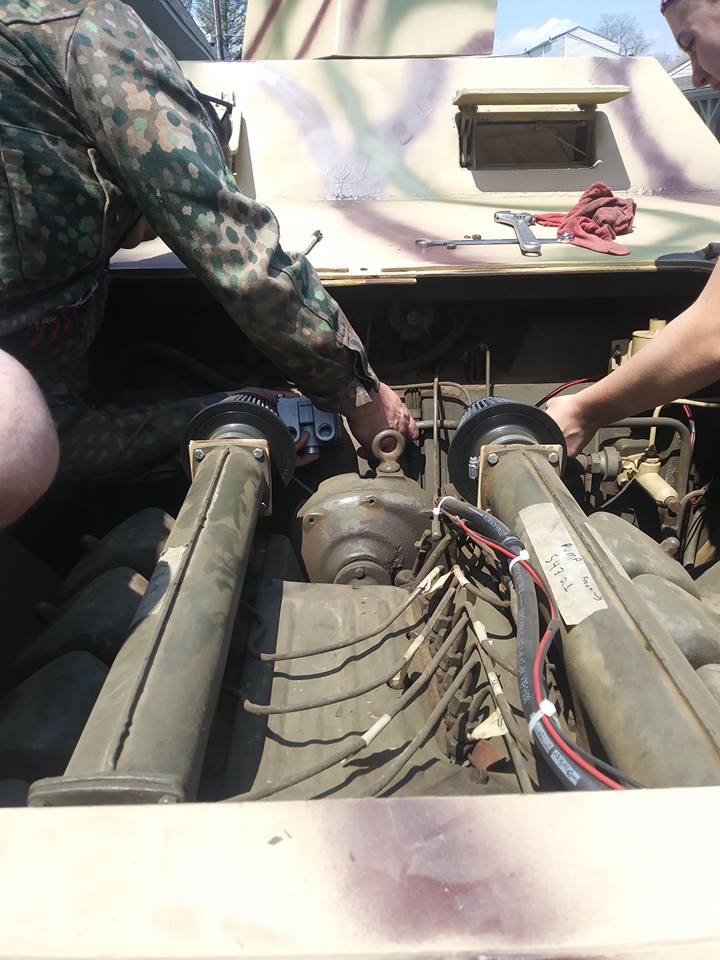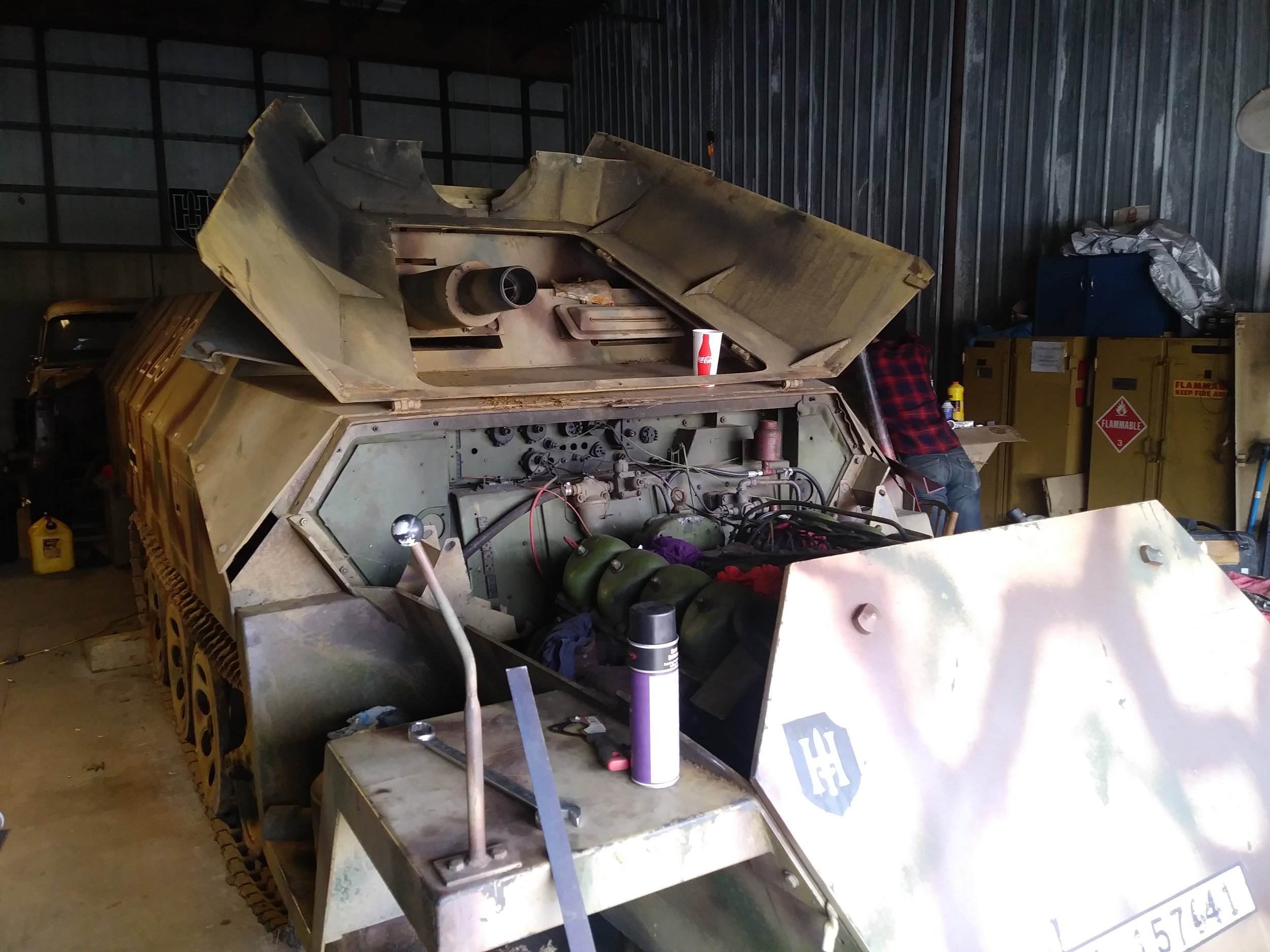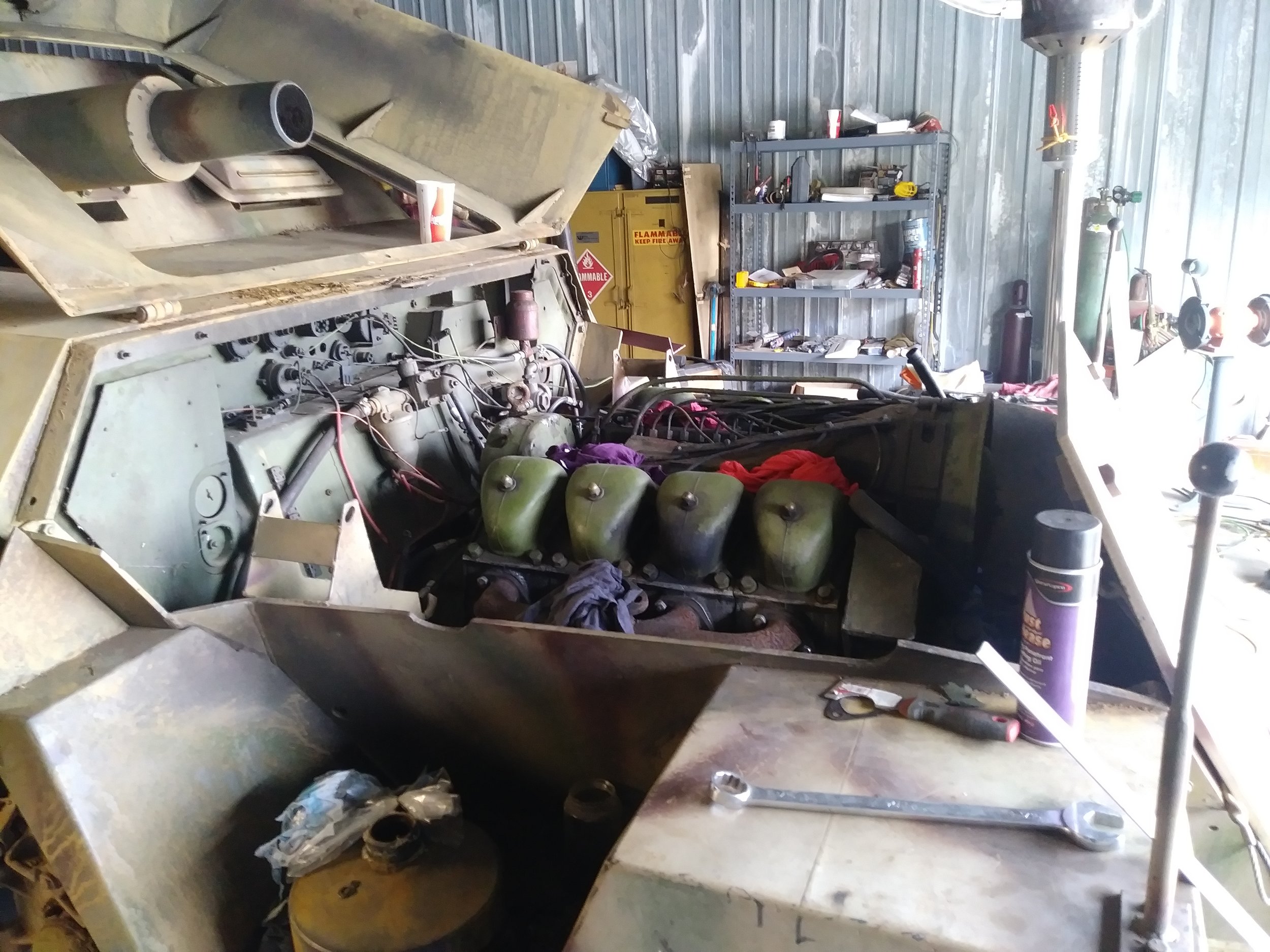Here's a small sampling of the treasures we've helped preserve over the years.
1941 Ford V-3000
The Germans used as many vehicles as they could get their hands on. Many of them were Fords, either those produced in Germany or captured in the field.
SdKfz 142/1 Sturmgeschütz III - Replica
The Sturmgeschütz III (StuG III) self-propelled assault gun was Germany's most produced armored fighting vehicle during World War II. It was built on the Panzer III chassis. Initially intended as a mobile armored light gun for infantry support, the StuG was continually modified and was widely employed as a tank destroyer.
The vehicles of the Sturmgeschütz series were cheaper to build than the contemporary German tanks; at 82,500 RM, a StuG III Ausf G was cheaper than a Panzer III Ausf. M which cost 103,163 RM to build. By the end of the war, 10,619 StuG III and StuH 42 had been built.
Our replica was built for a well known mini-series.
SDKFZ 222 - Leichte Panzerspähwagen (2cm)
Our Sd.Kfz 222 is a replica. Mounting a gas powered 20mm cannon and MG-34, this plucky little recon vehicle provides us with the ability to “shoot and scoot” on the battlefield. While typically associated with being an early to mid-war vehicle, these vehicles were still in use with the 9th SS as late as September, 1944 in Arnhem. It is crewed by 2 to 3 members depending on conditions.
Thanks to the herculean efforts, amazing talent, and sheer amount of elbow grease... we are happy to announce that on July 21st our now (almost) fully restored 222 made her grand re-debut at the Mechanized Warfare Museum in Deerfield, NH.
AMAZING JOB EVERYONE!!!!
222 Restoration Progress:
sdkfz 251/1 Halftrack
The Sd.Kfz. 251/1 - Schützenpanzerwagen. Standard Armored personnel carrier.
One of our most recently acquired large projects (thanks to a few of our dedicated members) is this Czech OT-810 Half-Track, the slightly younger cousin of the WWII German SdKfz 251. We have begun work to convert this OT-810 and bring it back to its ancestral roots as a German Sd.Kfz 251. It is a huge amount of work, including cutting the sides of the tub off and reshaping them back to German measurements. We haven't gotten to this stage yet but it is on the board.
251/1 Conversion and restoration pics:
LATE WAR PANZER III AUSF.L - COMMAND/RECON
Our Panzer III Ausf.L reproduction was recently built on an FV432 chassis and will serve as a command/recon scout for our tactical battles.
After the German loss at the battle of Kursk, the Panzer III was mostly relegated to secondary/minor combat roles, such as tank-training and recon as it was replaced as the main German medium tank by the more powerful Panzer IV and the Panzer V Panther. Many Panzer III’s were sent back to the factory to have their turrets removed and their hulls converted into STuG III’s (same chassis) which were in high demand until the end of the war. Of those not converted most mid models were transferred to tank training schools while the later models with the 50 mm KwK 39 L/60 main gun saw some use as recon and/or command vehicles until the end of the war. Being small, quick, and relatively reliable they fit the “reconnaissance in force” role perfectly. Some Ausf.J to M fought in limited numbers in Normandy, but their movements were constrained because of Allied air supremacy. However, once again, a good use of the bocage proved that the Panzer III was still a match for most Allied tanks. By the end of 1944 the regular Panzer III were no longer the bulk of the German armored forces. They were spread into composite small defensive units until the end of the war. The Panzer III saw action in Poland, Norway, Denmark, France, Africa, Russia, Belgium, and Italy.
sdkfz 251/9 "Stummel" Halftrack
Our 251/9 is also a converted OT-810 halftrack. This beast has been around for years and served us well. She is in for a little TLC and some minor repairs. She will be out in the field again soon.
The Sd.Kfz. 251/9 - Schützenpanzerwagen (7.5 cm KwK37) was equipped with a 75 mm L/24 low velocity gun, using the same pedestal gun mount employed on the StuG III. Nicknamed "Stummel" ("stump"). In 1944, a revised modular gun mount was introduced to facilitate production that also incorporated a coaxial MG42. This universal gun mount was also used to create the Sd.Kfz. 250/8 variant and the Sd.Kfz.234/3.
251/9 Restoration Pics:
A little history about the OT-810:
The Czech army, desiring an armored personnel carrier (the Soviets had no decent ones) utilized captured and abandoned German SdKfz 251s for their post-war armed forces. Eventually these left over vehicles wore out and a replacement vehicle, the OT-810 was created to replace it, utilizing a very similar design with some improvements. These were constructed by Tatra and Skoda, both of whom were involved in the original construction of Wehrmacht SdKfz 251s. Approximately 2,400 OT-810s were built and used by the Czech armed forces well into the 1980s. It is said that several hundred survive today around the globe, most of the rest being destroyed due to disarmament agreements with NATO.
The OT-810 is very similar in size, weight, and performance to the SdKfz 251. The biggest difference was the use of an eight cylinder Tatra air cooled diesel engine that replaced the under powered 6 cylinder German Maybach gas engine. The hood of the OT-810 is somewhat longer to accommodate the larger engine. The running gear is very similar, however the Czechs simplified the drive sprocket and used dry tracks. The Czechs also enclosed the OT-810 with a full roof to help protect the occupants from shrapnel and to to reduce exposure to radiation and gas attacks.
While there are only about 13 operational original German Sdkfz 251s around the world, all in private collections, there are many more OT-810s in Europe and the USA, many in use by WWII reenactors.


